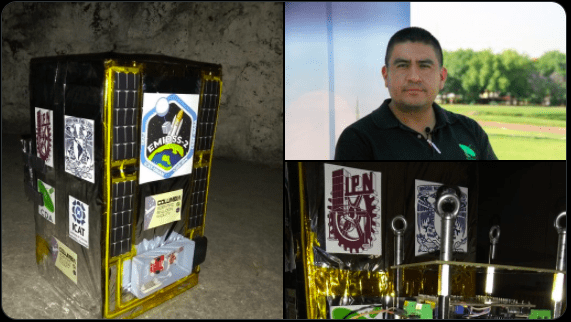Experts from the National Polytechnic Institute (IPN) will participate, at the invitation of the National Aeronautics and Space Administration (NASA), in the second FY21-FTS mission aboard the EMIDSS-2 module (Experimental Module for the Iterative Design for Satellite Subsystems version 1) for the monitoring of atmospheric variables (air temperature, humidity, magnetic field, atmospheric pressure), and the reconstruction of the trajectory of the platform during the flight towards the stratosphere.
The launch will take place in Four Summer, New Mexico in the United States on April 29, weather conditions permitting.
IPN experts will also test the performance and efficiency of six commercial solar panels under near-space conditions. The module is expected to reach an altitude of 40 kilometers and the mission will last 20 hours.
In this regard, Dr. Mario Alberto Mendoza Bárcenas, researcher at the Aerospace Development Center (CDA) of the IPN, pointed out that the objective of the mission is to validate the operation of the on-board computers and the ultraviolet radiation and light sensors to record these. indicators, as well as georeferencing (time and time) the path of the EMIDSS-2 module.
The instrument has the capacity to withstand at least 15 hours of operation, because they incorporated three high-performance battery banks to grant autonomy to the system, which will allow it to collect information that will be stored in micro SD memories.
The polytechnic scientist highlighted that they were again chosen as an “opportunity mission” for the certification and evaluation they obtained in the first suborbital flight that took place in 2019 at NASA.
Currently, Dr. Mendoza Bárcenas in collaboration with academics from the National Autonomous University of Mexico (UNAM) and the National Technological Institute of Mexico, are working on the design of the flight computer called “THOT-1”, which will use the EMIDSS-3 module in the FY22 suborbital mission scheduled for the first half of next year and which will be coordinated by NASA.
The mission will be headed by the CDA-IPN in collaboration with the teacher Rafael Prieto of the Institute of Applied Sciences and Technology of the UNAM.










